
Our Facilities
Longwood Greenhouse
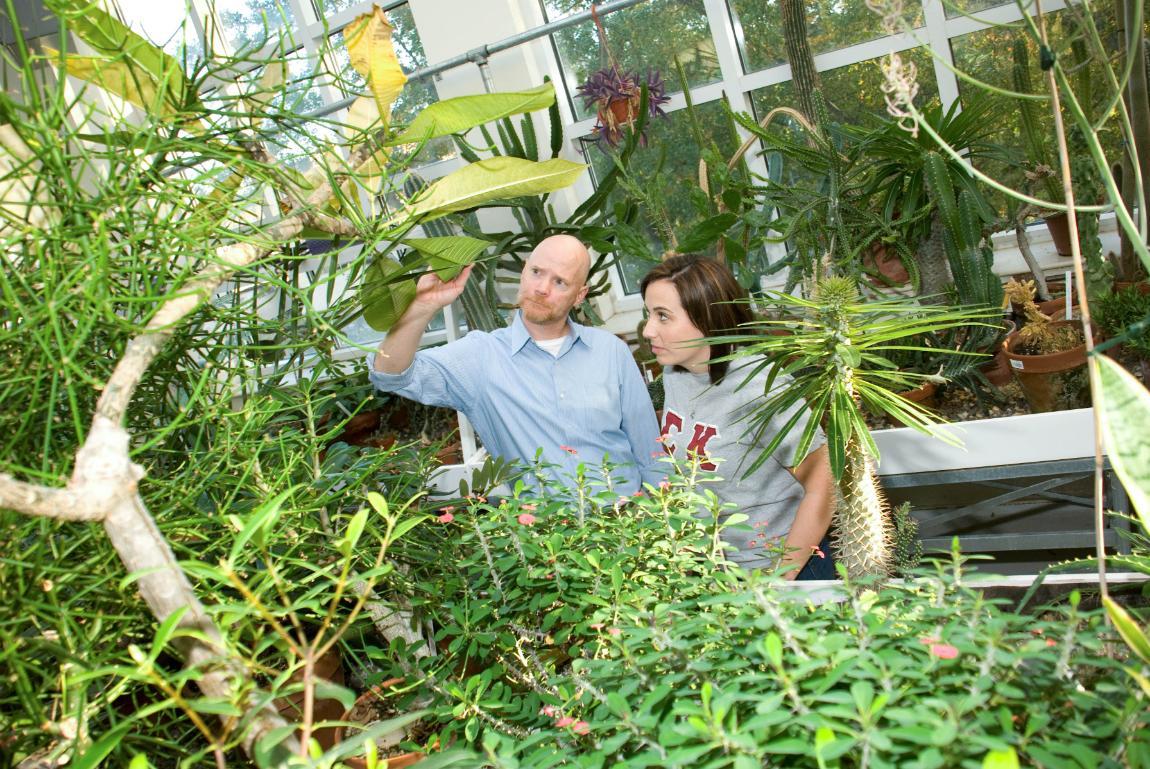
The Longwood Greenhouse is home to several hundred species of plants from around the world and is primarily a repository of specimens used in teaching, classroom studies or independent research.
The greenhouse is comprised of three independent rooms (a prep room, a humid room and a dry room) and features a rooftop weather station for measuring sunlight, temperature, rain, humidity and wind. Each greenhouse room can be programmed to respond to external conditions or can operate on other programmed settings.
The greenhouse provides several opportunities for student scholarship projects, including internships in greenhouse management, hydroponics, microcosm experiments and water feature design. The greenhouse also serves as a resource for students in various art disciplines and has hosted several botanically related art exhibits.
The Longwood Greenhouse is located on the top floor of Chichester Science Center.
For more information on Longwood Greenhouse, contact Dr. Mark Fink, Director, at finkml@longwood.edu, 395-2749.
Environmental Education Center
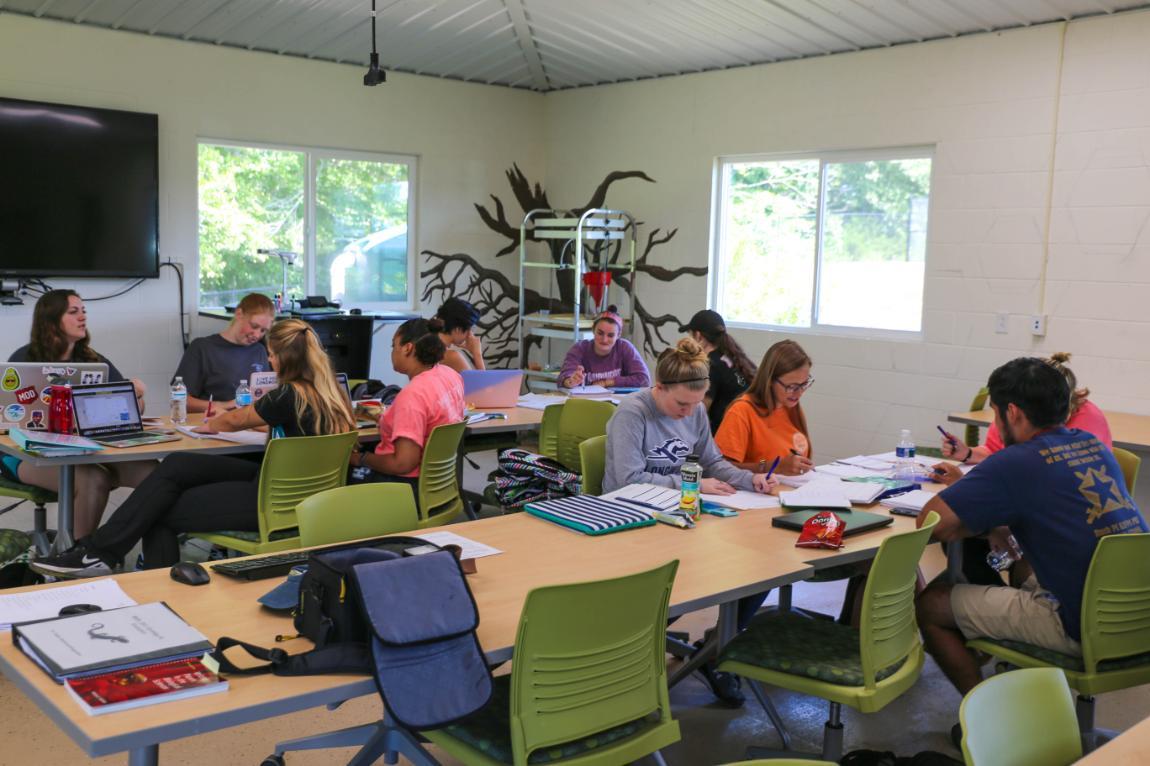
The Environmental Education Center (EEC) is as a resource for Longwood students, faculty, and staff, as well as the greater community, to engage in environmental learning, research, and exploration.
The EEC serves as a research site for ongoing research projects.
- Rainwater Harvesting. Two studies are currently underway -- one is evaluating temperature mitigation benefits provided by rainwater harvesting systems and another is investigating the prevalence and relative abundance of mosquitoes in the storage tanks of approximately 50 rainwater harvesting systems throughout North Carolina and Virginia (including the EEC).
- Experimental Mesocosm Array. An array of 40 mesocosms (360-gallon water-filled tanks each acting as a small “ecosystem”) serve as treatment areas for various ecological experiments. Current research is focused on interactions of aquatic species including native and invasive crayfish.
- Longwood Environmental Observatory (LEO). LEO is a network of environmental sensors that gather data from air, soil, and water to provide hands-on, inquiry and research experiences for students in the environmental sciences.
- Solar Power Project. A solar energy demonstration project is underway at the EEC.
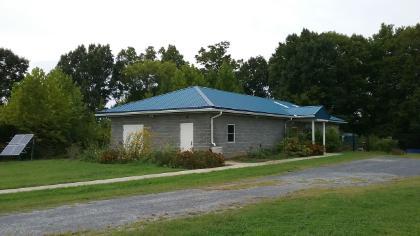 The EEC sits above the Buffalo Creek and Appomattox River floodplain on 35 acres. Faculty and students make use of the center and the diverse habitats surrounding it to study a variety of ecological and environmental questions. The EEC houses a large classroom equipped with the latest teaching technology, a research laboratory, and a storage room for gear and supplies.
The EEC sits above the Buffalo Creek and Appomattox River floodplain on 35 acres. Faculty and students make use of the center and the diverse habitats surrounding it to study a variety of ecological and environmental questions. The EEC houses a large classroom equipped with the latest teaching technology, a research laboratory, and a storage room for gear and supplies.
The EEC opened in 2014 and is located at Lancer Park. For more information on the Environmental Education Center, contact Dr. Sujan Henkanaththegedara at henkanaththegedarasm@longwood.edu, 395-2731.
Harvill-Stevens Herbarium
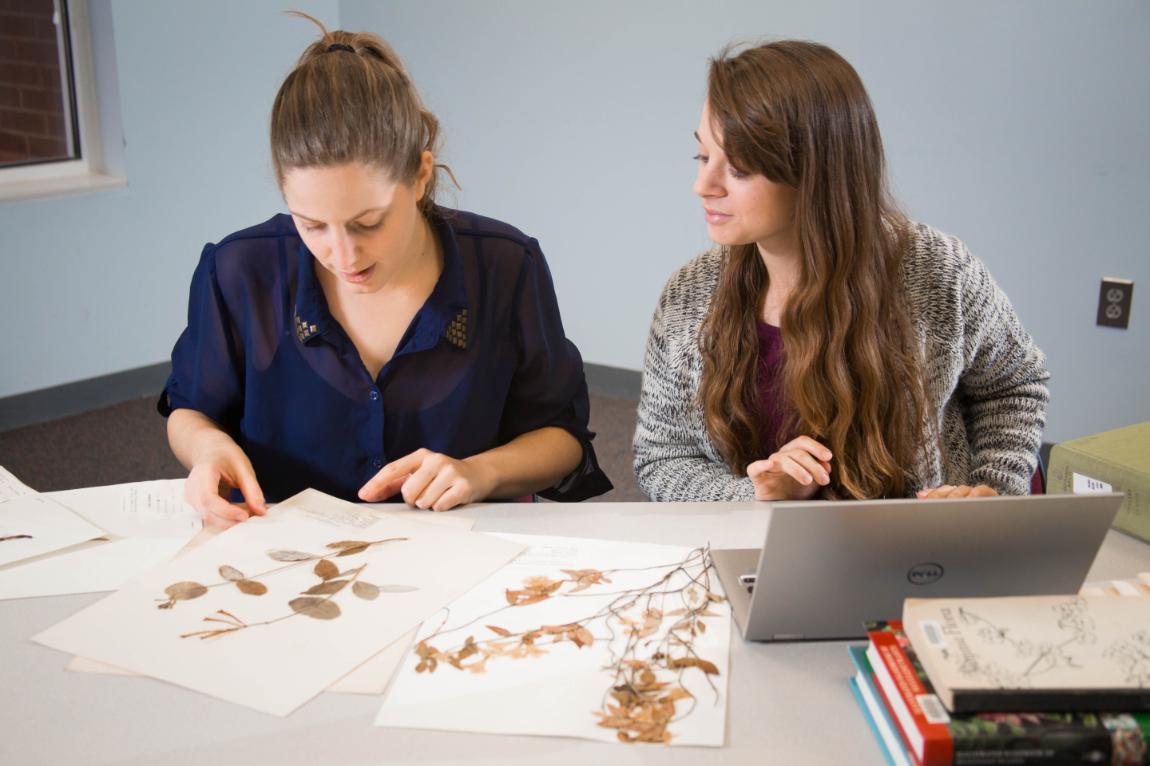
The Harvill-Stevens Herbarium is the largest collection of Virginia native plants in the world and the second largest herbarium in the state of Virginia. With more than 75,000
dry plant specimens, the herbarium houses vouchers of plant species now listed as endangered or of rare occurrence.
The Harvill-Stevens Herbarium recently created a plant database to facilitate the accessibility of plant specimen information for students, teachers, researchers, and the general community. This information enables us to provide useful data to understand patterns of plant distribution, abundance, migrations, and species loss. Botanical historical plant records are essential for the study of climate change effects on plants, land conservation strategies and for environmental sciences education.
Volunteer Opportunities
Students and volunteers are vital for the accomplishment of herbarium projects. Working in the herbarium provides valuable skills not only for the study of plants, but also training in museum management, conservation, and science education. Interns and volunteers are not required to have previous experience, but must have a great passion for plants and conservation. Individual training is provided to work on activities such as: mounting plant specimens, data entry, identification, loan processing, and general organization of the collection.
History
The Harvill-Stevens Herbarium of Longwood University was founded in 1963 by Dr. Alton M. Harvill, professor emeritus of the Department of Natural Sciences at Longwood College. The oldest plant specimens, from early 1920s and 1930s, were collected by Dr. George William Jeffers and Dr. Edith Stevens, also dedicated professors in the Department of Natural Sciences, now Department of Biological and Environmental Sciences.
For more information on the Harvill-Stevens Herbarium, contact Dr. Mark Fink at finkml@longwood.edu, 395-2749.
Hull Springs Farm
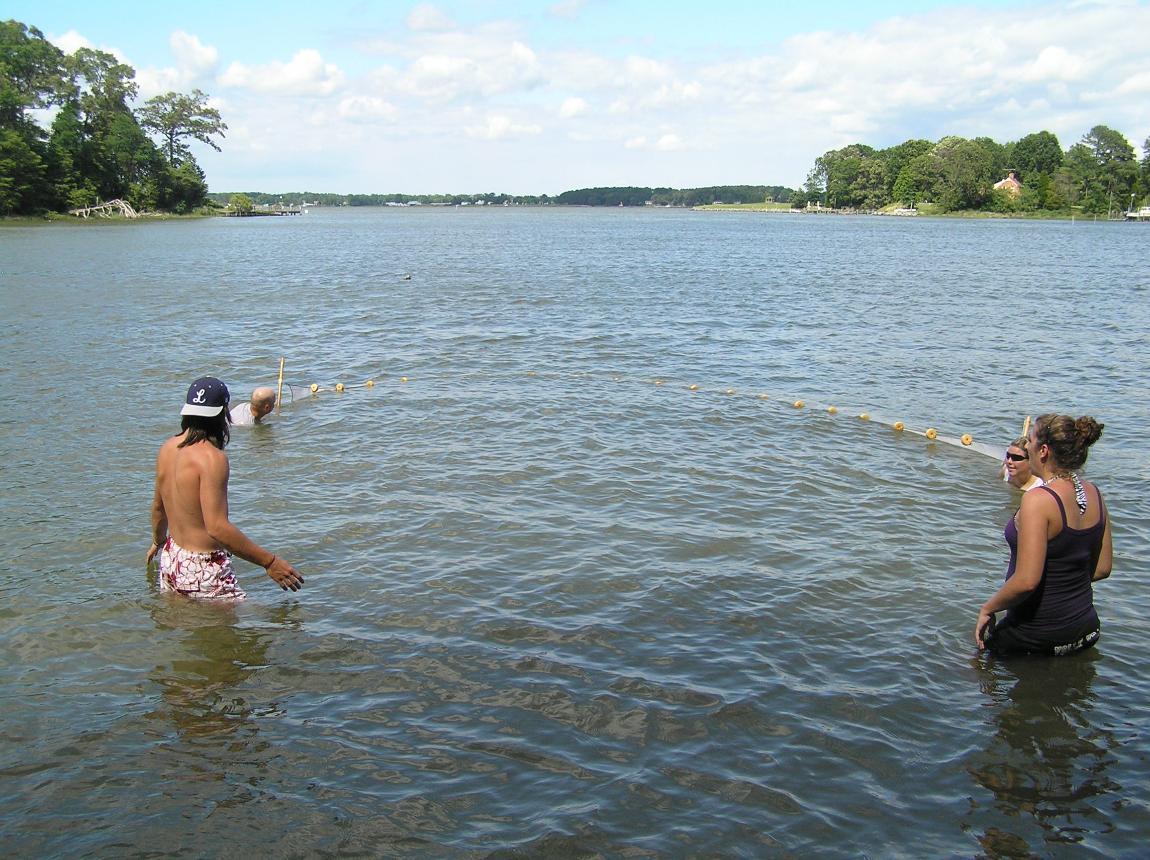
Located in Westmoreland County, Hull Springs Farm is a living, breathing outdoor classroom for educational events, research and other programs.
